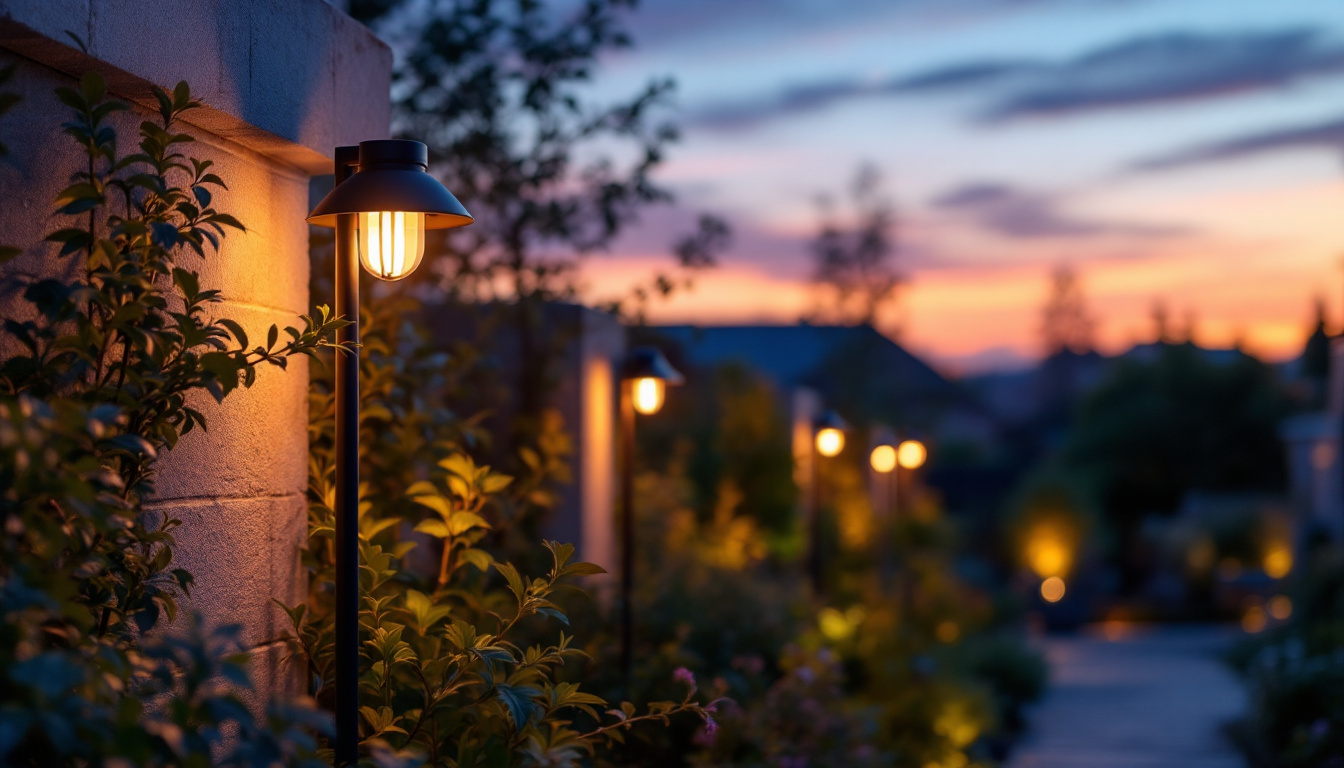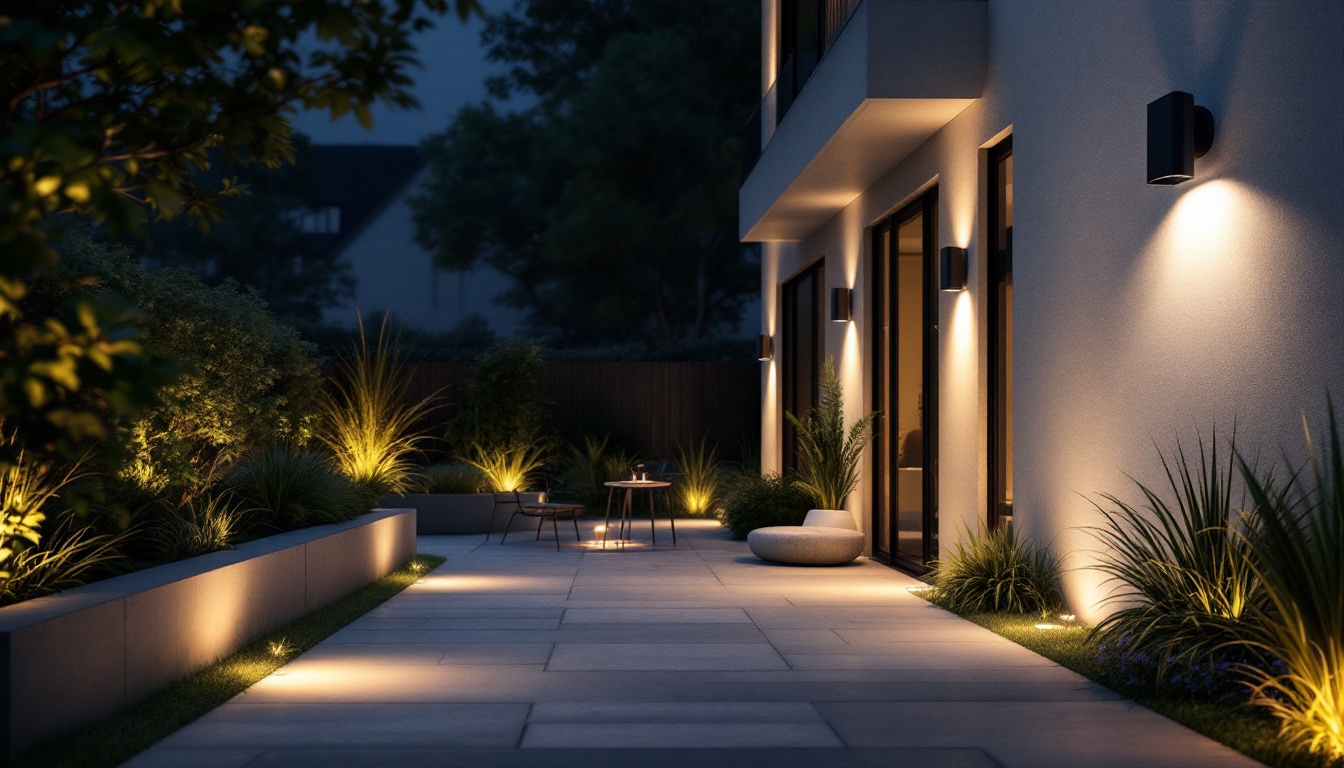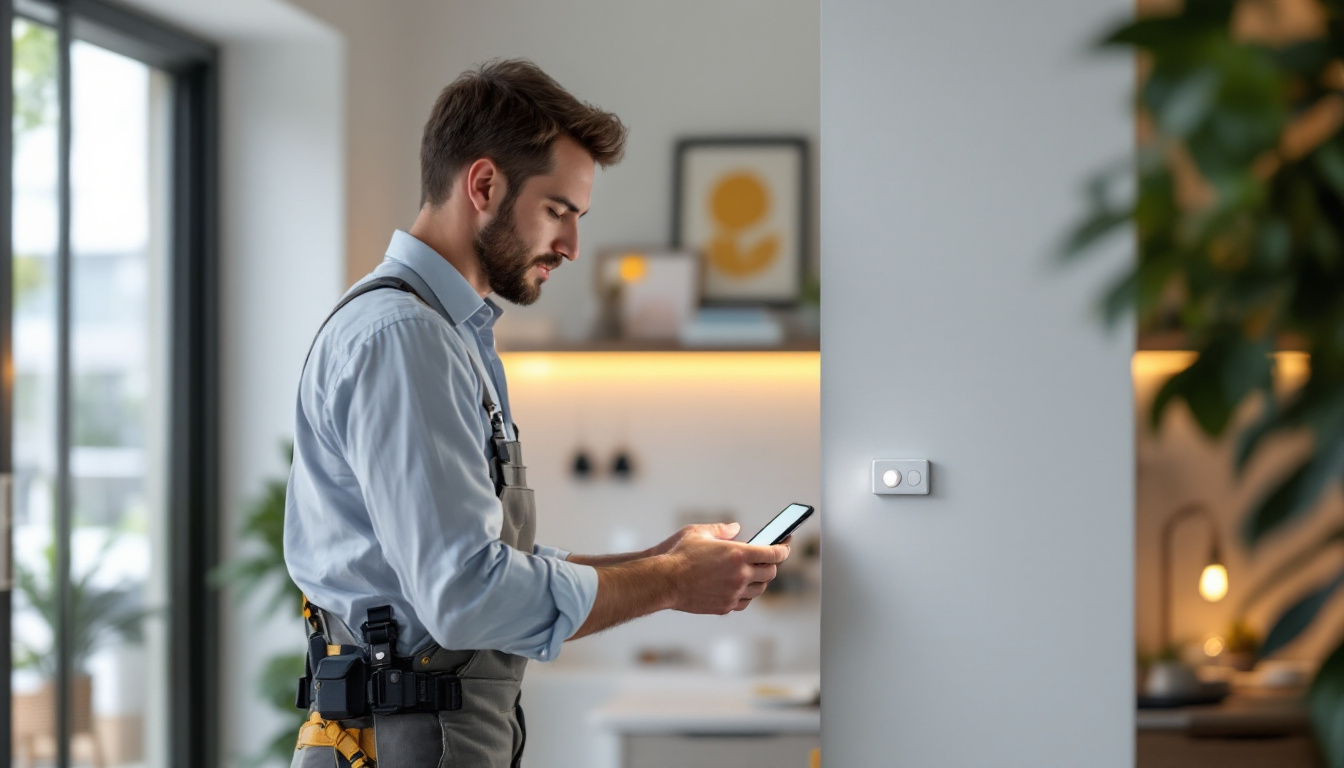

In an ever-evolving world of technology and design, lighting projects must adapt to meet the demands of both functionality and aesthetics. For lighting contractors, the challenge lies in creating outdoor lighting solutions that not only illuminate spaces effectively but also stand the test of time. Future-proofing outdoor lighting projects is essential to ensure longevity, efficiency, and adaptability to new technologies. This article explores strategies and considerations that can help contractors deliver lighting solutions that remain relevant and efficient for years to come.
Future-proofing in the context of lighting refers to designing systems that can easily integrate new technologies and adapt to changing needs. This is particularly important in outdoor lighting, where environmental factors and user requirements can shift significantly over time. As urban areas continue to evolve, the demand for innovative lighting solutions that can accommodate smart city initiatives and enhance public safety becomes increasingly critical.
Flexibility is a cornerstone of future-proofing. Outdoor lighting systems should be designed with adaptability in mind, allowing for easy upgrades and modifications. This can involve choosing modular lighting fixtures that can be easily replaced or upgraded as new technologies emerge. For instance, a lighting system designed today might incorporate fixtures that can be retrofitted with advanced sensors or controls in the future, ensuring that the infrastructure remains relevant as technological advancements occur.
Moreover, incorporating smart technology into lighting designs can enhance flexibility. Smart lighting systems allow for remote control, scheduling, and automation, which can be adjusted as user needs change. By investing in these technologies, contractors can ensure that their projects remain relevant and efficient. Additionally, the integration of IoT (Internet of Things) capabilities can enable real-time data collection and analysis, allowing municipalities to monitor energy usage and optimize lighting schedules based on actual demand, further enhancing operational efficiency.
Energy efficiency is not just a trend; it’s a necessity in modern lighting design. Outdoor lighting projects should prioritize energy-efficient solutions, such as LED fixtures, which consume significantly less power compared to traditional lighting options. This not only reduces operational costs but also minimizes environmental impact. Furthermore, the adoption of adaptive lighting technologies, which adjust brightness based on ambient light levels or pedestrian activity, can lead to even greater energy savings while maintaining safety and visibility.
Sustainability extends beyond energy consumption. Using materials that are environmentally friendly and durable can contribute to the longevity of lighting installations. Contractors should consider sourcing products that are recyclable or made from sustainable materials, ensuring that their projects align with eco-friendly practices. Additionally, implementing solar-powered lighting solutions can further enhance sustainability, reducing reliance on grid electricity and lowering carbon footprints. As communities become more environmentally conscious, the demand for such sustainable lighting options is likely to grow, making it essential for contractors to stay ahead of the curve in their design choices.
The rapid advancement of lighting technology presents both opportunities and challenges for contractors. Selecting the right technology is crucial for future-proofing outdoor lighting projects.
LED lighting has become the standard for outdoor lighting due to its energy efficiency, longevity, and versatility. Unlike traditional incandescent or halogen lights, LEDs have a much longer lifespan, often lasting tens of thousands of hours. This reduces the frequency of replacements, saving both time and money for contractors and clients alike.
Furthermore, LED technology continues to evolve, with advancements in color temperature, dimming capabilities, and smart integration. By choosing LED fixtures, contractors can ensure that their projects are equipped with the latest technology, providing clients with a solution that meets current and future demands.
Smart lighting solutions are becoming increasingly popular in outdoor settings. These systems allow users to control their lighting remotely via smartphone apps or smart home systems. Features such as motion sensors, timers, and dimming capabilities can enhance the functionality of outdoor lighting.
Integrating smart technology not only improves user experience but also offers potential energy savings. By utilizing sensors and automation, outdoor lights can be programmed to turn on and off based on occupancy or natural light levels, further contributing to energy efficiency.
Effective outdoor lighting design goes beyond mere illumination; it encompasses aesthetics, safety, and functionality. When future-proofing lighting projects, several design considerations should be taken into account.
Choosing versatile fixtures is essential for adapting to various outdoor environments. Lighting fixtures should be selected based on their ability to blend seamlessly with the surrounding landscape while providing adequate illumination. Options such as adjustable spotlights, wall sconces, and path lights can cater to different lighting needs and preferences.
Additionally, contractors should consider the potential for fixture upgrades. Selecting fixtures that can accommodate new technologies, such as smart bulbs or interchangeable lenses, ensures that the lighting system can evolve without requiring a complete overhaul.
Layered lighting techniques involve combining different types of lighting to create a balanced and visually appealing outdoor space. This includes ambient, task, and accent lighting. By employing a layered approach, contractors can enhance the functionality and aesthetics of outdoor areas, making them more inviting and usable.
Future-proofing layered lighting means considering how these layers can be adjusted or enhanced over time. For instance, adding more fixtures or integrating smart controls can easily adapt the lighting scheme to changing needs or preferences.
Ensuring compliance with local regulations and safety standards is paramount in outdoor lighting projects. This not only protects the contractor and client but also contributes to the longevity and reliability of the lighting system.
Each region has specific codes and regulations governing outdoor lighting installations. These may include restrictions on light pollution, fixture placement, and energy consumption. Contractors must familiarize themselves with these codes to ensure compliance and avoid potential legal issues.
Incorporating compliant fixtures and designs not only enhances safety but also demonstrates professionalism and reliability to clients. Future-proofing means staying informed about any changes in regulations, which may impact future projects or upgrades.
Safety is a critical aspect of outdoor lighting design. Fixtures should be rated for outdoor use, ensuring they can withstand environmental factors such as rain, snow, and extreme temperatures. Additionally, installing features like motion sensors and timers can enhance safety by providing illumination when needed, deterring potential hazards.
Future-proofing safety features involves considering how these elements can be upgraded or expanded. For instance, integrating additional sensors or cameras can enhance security measures over time, adapting to the evolving needs of the property owner.
Maintenance plays a crucial role in the longevity of outdoor lighting systems. A well-maintained system not only performs better but also extends the lifespan of fixtures and components.
When planning outdoor lighting projects, contractors should consider how easy it will be to maintain the system. This includes selecting fixtures that are accessible for bulb replacements and cleaning, as well as designing layouts that minimize the risk of damage from landscaping or weather conditions.
Incorporating features such as weather-resistant materials and protective coverings can also enhance durability, reducing the need for frequent repairs or replacements. By prioritizing maintenance in the design phase, contractors can ensure that their projects remain functional and visually appealing for years to come.
Establishing a maintenance plan is essential for the long-term success of outdoor lighting projects. This plan should outline regular inspections, cleaning schedules, and procedures for addressing any issues that arise. Educating clients on the importance of maintenance can also foster a sense of responsibility and care for the lighting system.
Future-proofing maintenance involves considering how the system can be upgraded or modified to accommodate new technologies or changes in user needs. For example, implementing a smart monitoring system can alert property owners to issues before they become significant problems, ensuring timely maintenance and repairs.
Engaging clients in the design and implementation process is crucial for the success of outdoor lighting projects. Educating clients about the benefits of future-proofing and the technologies available can lead to more informed decisions and satisfaction with the final product.
Contractors should take the time to explain the importance of future-proofing to clients. This includes discussing the long-term cost savings associated with energy-efficient solutions, the adaptability of smart technologies, and the potential for upgrades as new innovations emerge.
By highlighting these benefits, contractors can help clients understand the value of investing in a lighting system that will remain relevant and functional for years to come. This not only enhances client satisfaction but can also lead to referrals and repeat business.
Involving clients in the design process can foster a sense of ownership and satisfaction with the final product. By soliciting input on aesthetics, functionality, and specific needs, contractors can create customized solutions that align with client expectations.
Additionally, offering clients options for future upgrades or modifications can enhance their engagement in the project. This collaborative approach not only builds trust but also ensures that the final design meets the client’s vision and requirements.
Future-proofing outdoor lighting projects is a multifaceted approach that requires careful consideration of technology, design, compliance, maintenance, and client engagement. By prioritizing flexibility, energy efficiency, and adaptability, lighting contractors can deliver solutions that not only meet current needs but also anticipate future demands.
As the landscape of outdoor lighting continues to evolve, staying informed about new technologies and trends will be essential for contractors looking to remain competitive. By embracing these strategies, contractors can ensure that their projects shine brightly for years to come, providing value and satisfaction to clients while contributing to a more sustainable future.
Ready to elevate your outdoor lighting projects with the best in spec-grade lighting products? Look no further than LumenWholesale. Our commitment to quality, affordability, and convenience ensures that you have access to the most reliable and high-performance lighting solutions on the market. Say goodbye to inflated markups and hello to hassle-free bulk buying with free shipping. Make your next project shine with confidence and cost-efficiency. Discover the value of wholesale lighting done right by visiting LumenWholesale today.

Discover innovative hacks for smart lighting contractors to enhance their projects with exterior LED light fixtures.

Discover innovative strategies and insights from top lighting contractors on integrating Feit T12 Buizz into smart lighting solutions.

Discover expert tips for lighting contractors on selecting the perfect bulb brightness for hair salons.

Discover why opting for local distributors might not be the best choice when purchasing refrigeration lighting in bulk.
Get notified when NEW deals are released.
Optimize your budget with wholesale discounts.
Only top-quality, specification-grade lighting products.
No additional costs at checkout - what you see is what you pay.
We understand the unique needs of contractors.